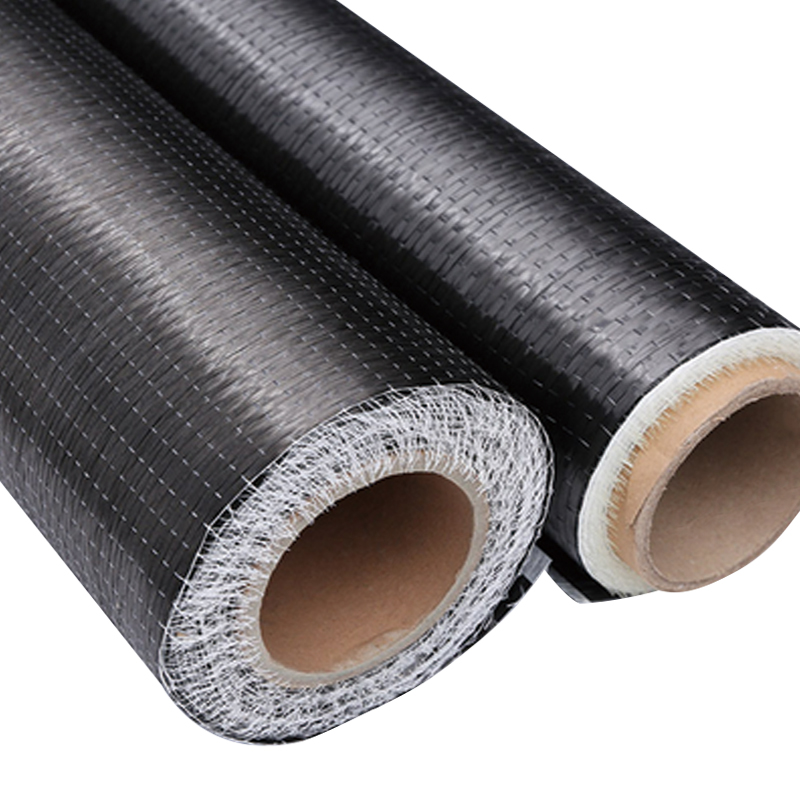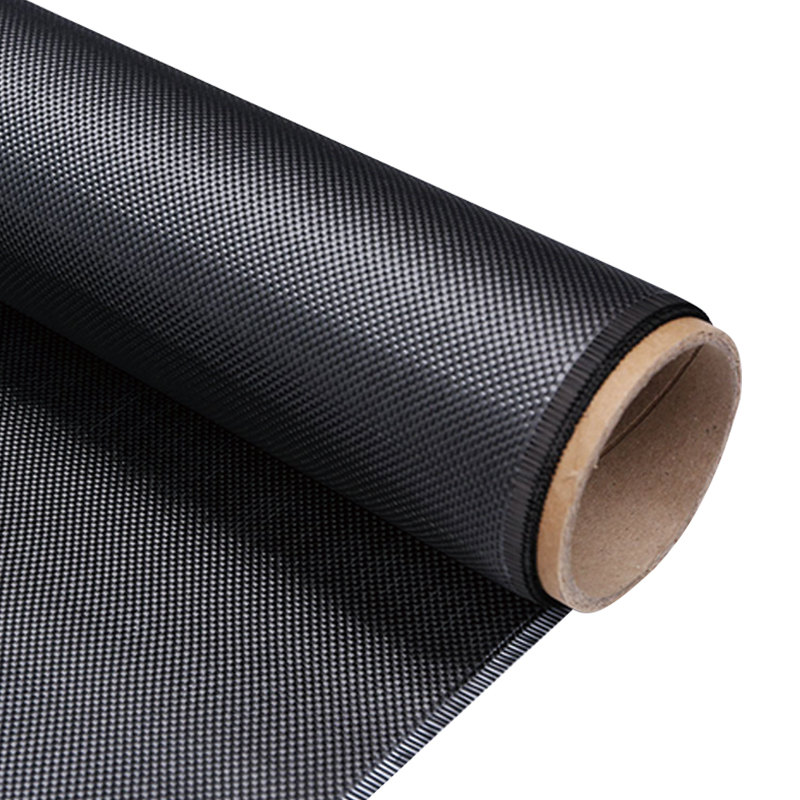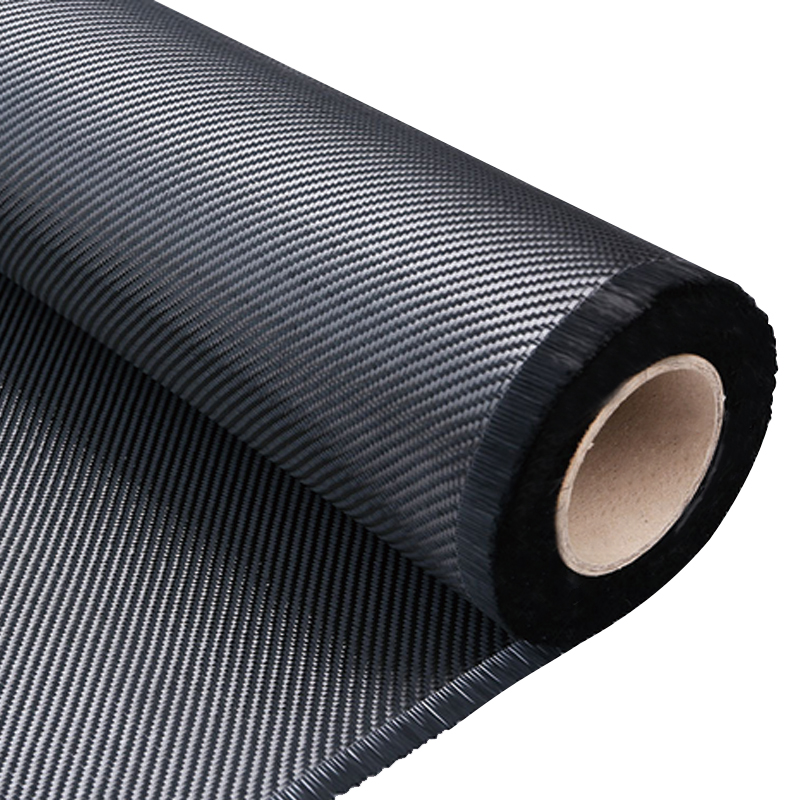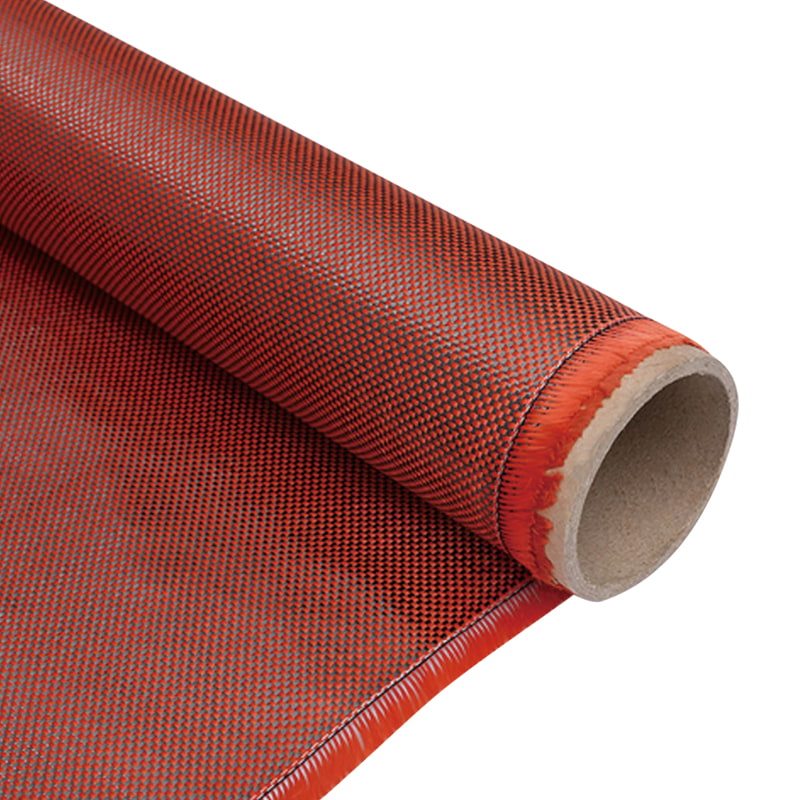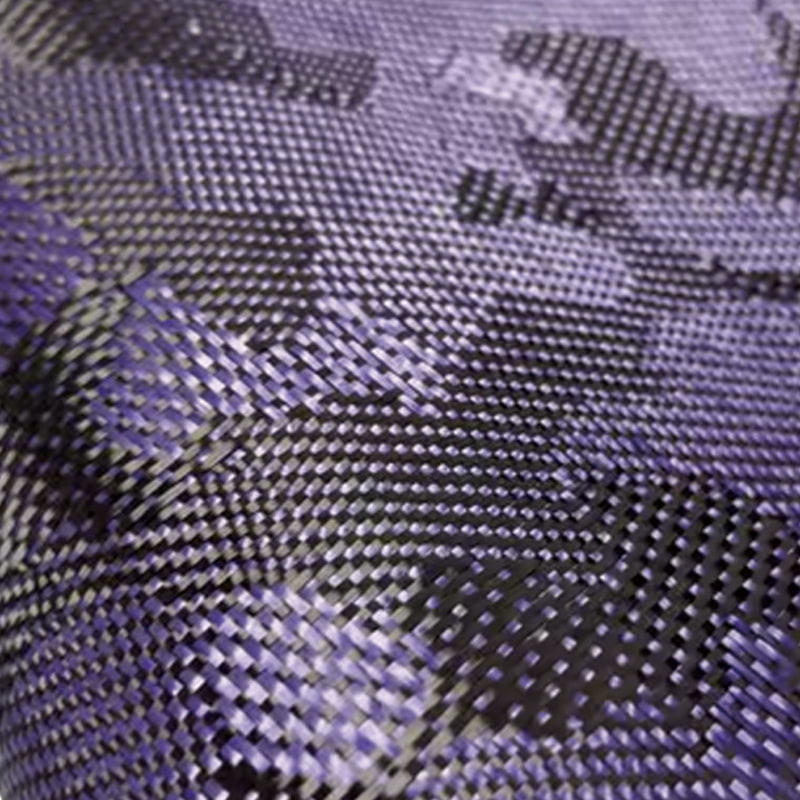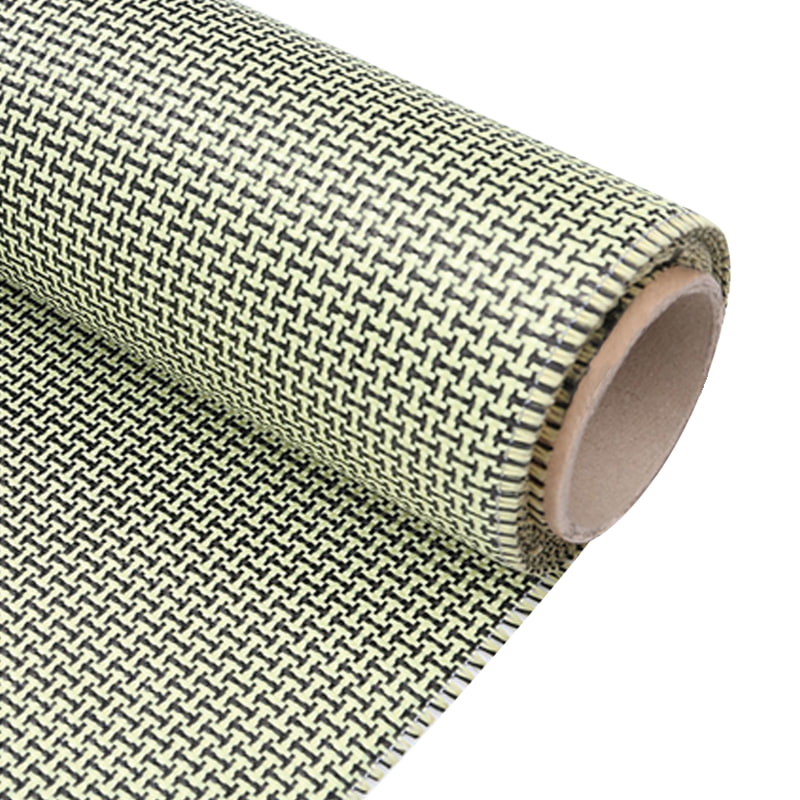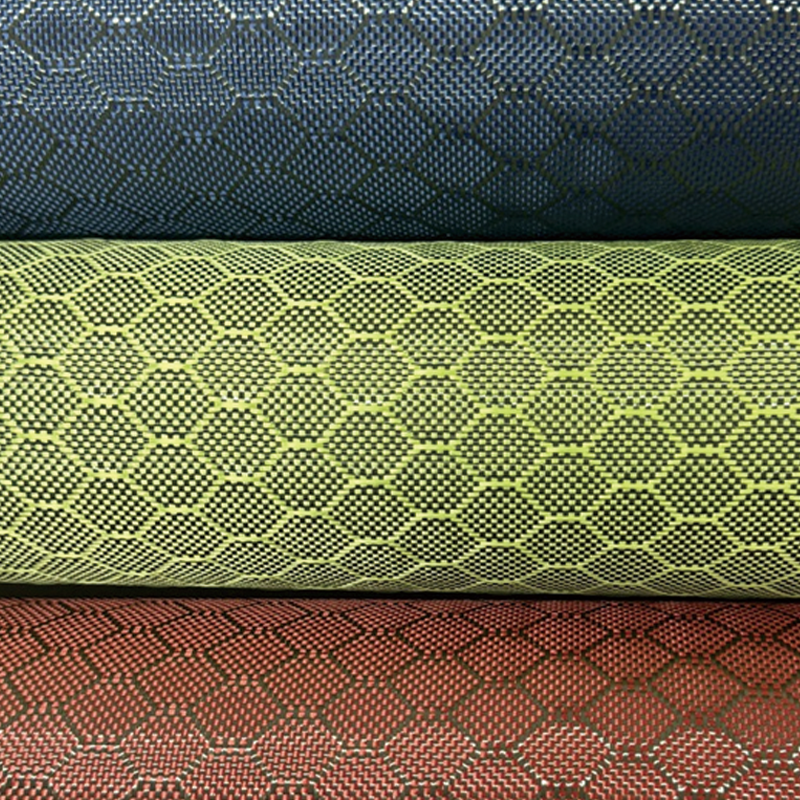1. Performance advantages
1.1 Lightweight and high strength
Carbon fiber provides high modulus (rigidity), and aramid (such as Kevlar) provides high toughness, and the mixture achieves "rigidity and flexibility".
The specific strength is better than that of a single material, and it is suitable for high-load scenarios where weight reduction is required (such as aircraft structures and racing car parts).
1.2 Impact resistance and energy absorption
The ductility of aramid can absorb impact energy, and carbon fiber inhibits local fracture extension. After mixing, the ballistic/collision resistance is significantly improved (such as bulletproof armor and sports protective gear).
1.3 Fatigue resistance and dynamic performance
Carbon fiber is creep-resistant, and aramid is resistant to cyclic stress. Hybrid fabrics have a longer life in vibration environments (such as wind turbine blades).
1.4 Thermal stability and flame retardancy
The high temperature resistance of aramid (decomposition temperature > 500°C) combined with the thermal conductivity of carbon fiber is suitable for high temperature protection (such as spacecraft insulation layer).
2. Composite mechanism analysis
2.1 Material synergy
Stress transfer mechanism: Carbon fiber bears the main tensile load, and aramid disperses stress through interface shear force to avoid brittle fracture.
Crack blocking effect: Plastic deformation of aramid fiber can prevent carbon fiber crack extension (microscopic interface bonding is the key).
2.2 Interface bonding technology
Surface treatment: Plasma treatment or chemical coupling agent improves the interface adhesion between aramid and carbon fiber (such as epoxy resin compatibility optimization).
Weaving structure design:
Interlayer mixing (alternating layers): balance in-plane performance;
Intra-layer mixing (such as carbon/aramid interweaving): enhance local tear resistance.
2.3 Failure mode difference
Single carbon fiber: sudden brittle fracture; after mixing: aramid fiber yields first, providing early warning deformation (failure mode is more controllable).
3. Application scenario verification
Case 1: Helicopter rotor blade (carbon fiber main load + aramid anti-bird strike);
Case 2: New energy vehicle battery pack protective layer (lightweight + collision energy absorption).
 English
English
 中文简体
中文简体 عربى
عربى Tiếng Việt
Tiếng Việt
